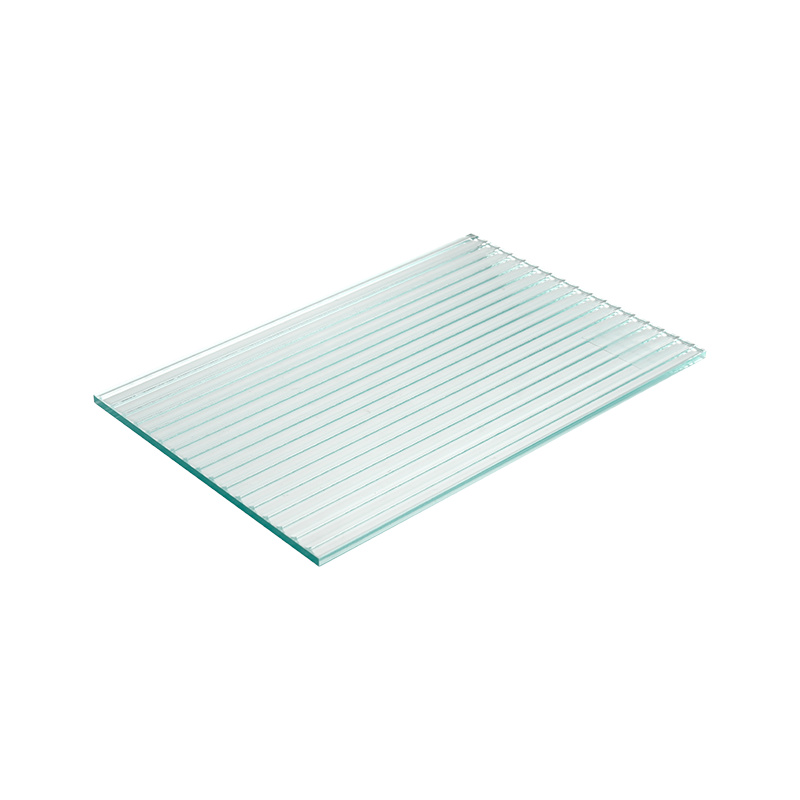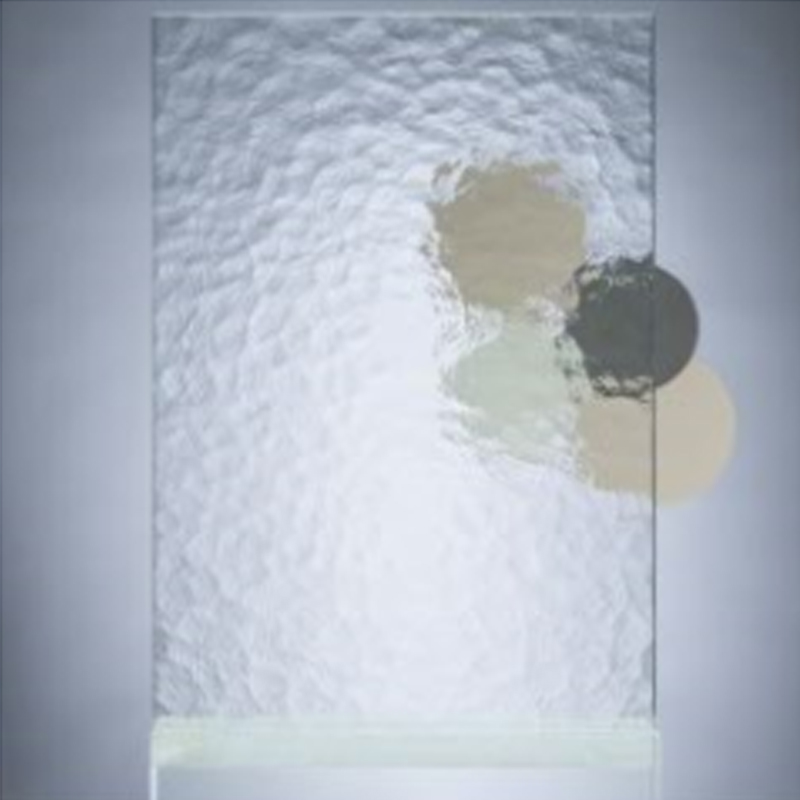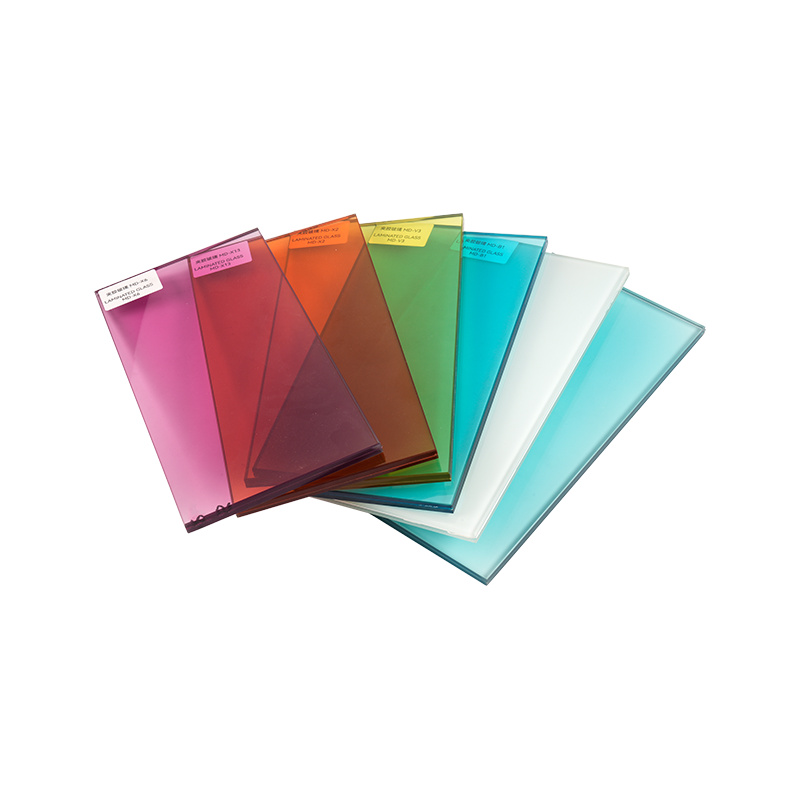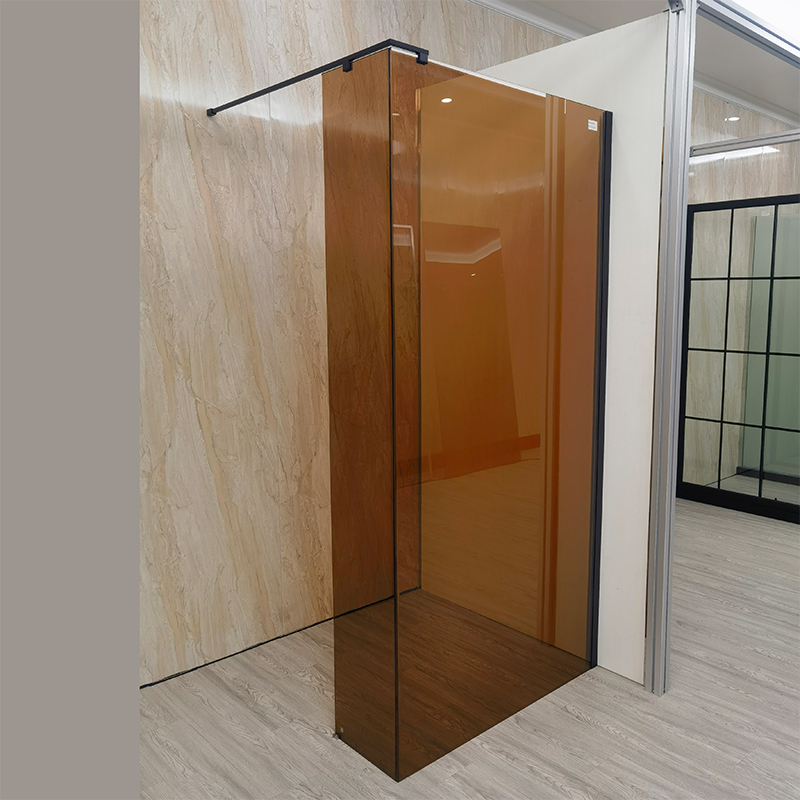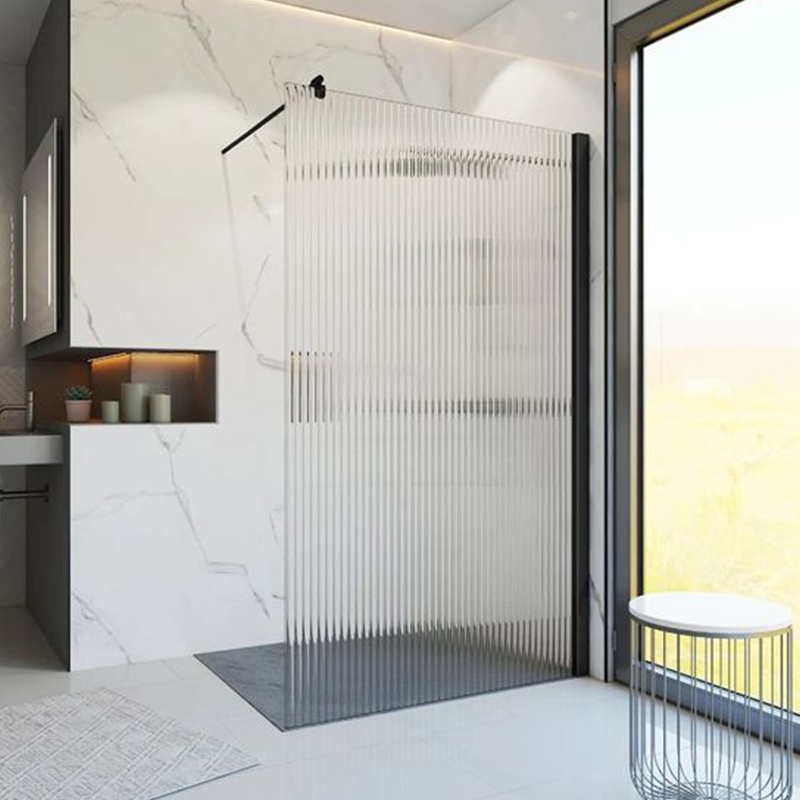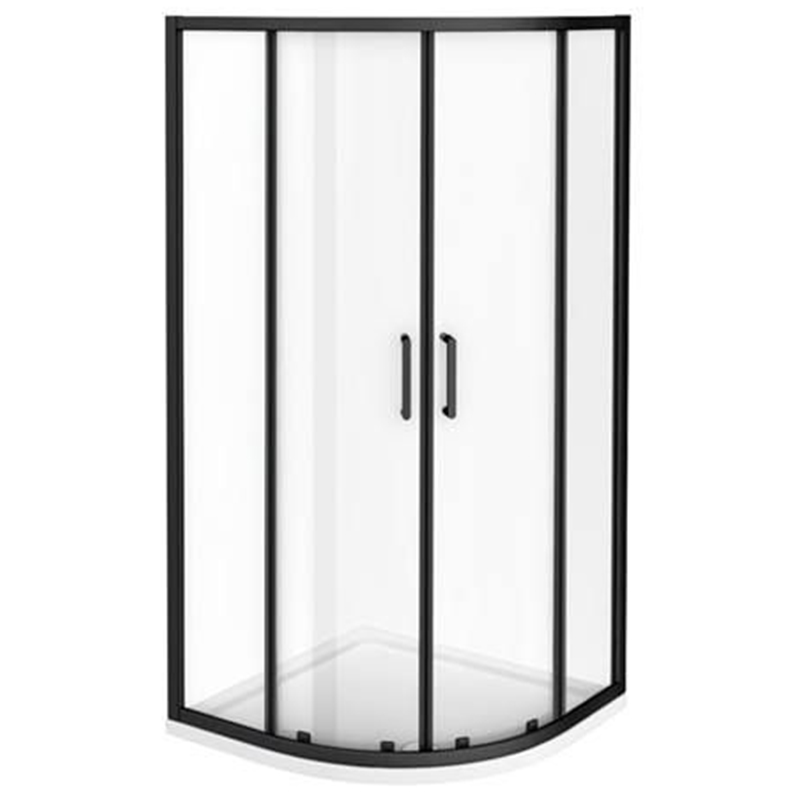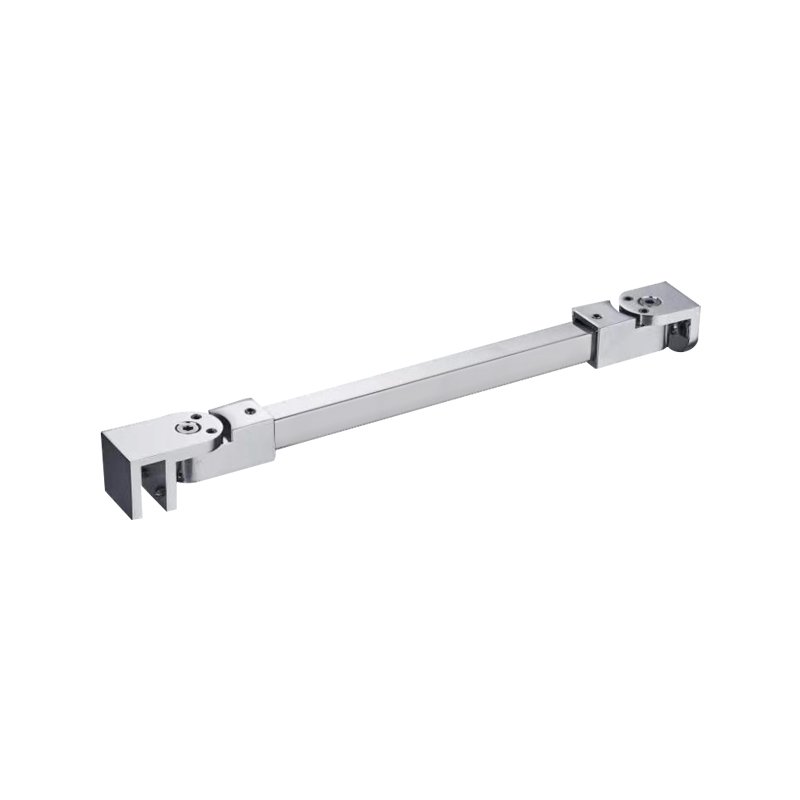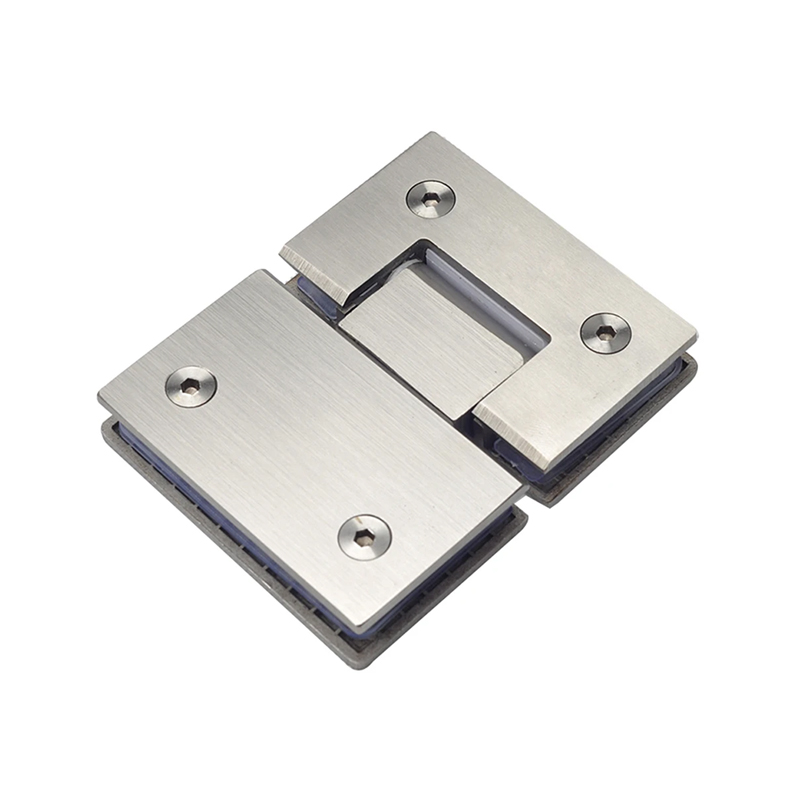In modern home bathroom design, shower enclosures have become an essential component for enhancing bathroom style and functionality. As consumers' pursuit of quality living continues to rise, shower enclosures not only fulfill the basic function of separating wet and dry areas but also become a key element in reflecting home style and lifestyle.
Shower Enclosure Design Concepts and Structural Structure
The core of shower enclosure design lies in achieving a balance between appropriate spatial division and user comfort. Through transparent or translucent enclosures, shower enclosures achieve dry and wet area separation while maintaining overall visual transparency. Modern shower enclosures typically consist of a glass door, hardware connectors, sealing strips, and a chassis system. Precision connections between these components ensure stability and safety.
In terms of design, shower enclosures are gradually transitioning from a function-driven to an aesthetic-driven approach. Innovative elements such as frameless designs, invisible hinges, and magnetic seals create a more streamlined and concise overall look. Different door opening options, such as swing, sliding, or folding, also cater to diverse spatial layouts. Whether it's a small bathroom or a large one, modern shower enclosures maximize space utilization through optimized design.
Main Materials and Techniques of Shower Enclosures
High-quality shower enclosures are typically constructed from tempered glass, a material with excellent impact resistance and safety, and capable of maintaining stability under extreme temperature fluctuations. To further enhance the user experience, some high-end products utilize nano-self-cleaning glass technology, a surface coating that reduces water stains and dirt adhesion, maintaining long-lasting clarity and glossiness.
Hardware is a key factor in determining the durability of a shower enclosure. Common materials include stainless steel, aluminum alloy, and copper alloy. High-strength stainless steel hardware not only offers excellent corrosion resistance but also ensures long-term structural stability and deformation resistance. In terms of processing, a combination of precision polishing and electroplating creates a more refined metal surface, a more uniform color, and enhanced oxidation resistance.

The chassis is the core structure for support and drainage. Modern designs tend to favor low or no chassis. Combined with a non-slip surface and efficient drainage systems, this not only enhances safety but also aligns with the contemporary minimalist style.
Functionality and Experience: From Basic Practicality to Smart Comfort
With the increasing popularity of smart home concepts, the functionality of shower enclosures is also evolving. While traditional basic products primarily focus on waterproofing, moisture-proofing, and heat preservation, the new generation of shower enclosures incorporates more user-friendly features. For example, door structures with a cushioned opening and closing system effectively reduce noise and impact; high-tightness ensures temperature retention during showering, creating a more comfortable bathroom environment.
Market Trends and Development Directions
In recent years, the global shower enclosure market has shown a clear trend of diversification and high-end development. Consumers are increasingly valuing design and customization, driving innovation in shower enclosure design, size, and materials. While transparent and minimalist styles remain the mainstream, more manufacturers are experimenting with metal frames, frosted glass, and colored glass to meet diverse home decor styles.
In manufacturing, green and environmental protection has become the new industry standard. Energy-saving glass production, recyclable metal materials, and the use of low-volatile coatings make shower enclosures more sustainable. With advancements in processing equipment and automation technology, product precision and stability have also been significantly improved.
The rise of online sales and direct-to-brand sales models has made it easier for consumers to access customized products and design services. The application of virtual displays and 3D modeling technology allows users to visually preview the installation effect before purchasing, creating new growth drivers for the market.
The Value of Shower Enclosures in Modern Bathrooms
Shower enclosures are more than just bathroom products; they symbolize comfort and quality in modern living spaces. They transform the bathroom from a simple place for cleansing into a space for relaxation and enjoyment. Through rational structural design and the use of high-quality materials, shower enclosures not only achieve practicality but also add a modern and artistic touch to the overall home style.

Amidst the ever-evolving trends in home decor, shower enclosures, with their high adaptability and functional advancements, have become a key option for bathroom upgrades. Future shower enclosures will place greater emphasis on intelligence, personalization, and environmental performance, continuously driving the quality upgrade of modern bathroom spaces.
The development of shower enclosures epitomizes the improvement in the quality of modern living. From their initial practical functions to today's artistic expression and technological integration, shower enclosures continue to innovate in design, craftsmanship, and user experience. It not only optimizes the layout of bathroom space, but also represents people's pursuit of comfort, health and aesthetic life. With the continuous maturity of the market and the segmentation of consumer demand, the shower room industry will surely usher in a broader development prospect.



 中文简体
中文简体